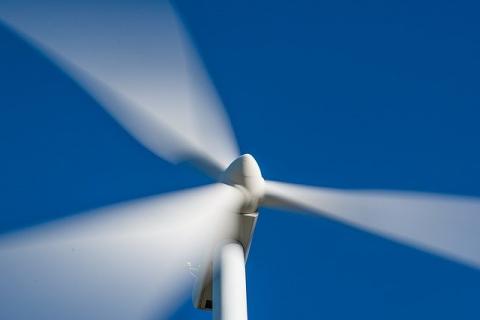
Region: Global
Country: Global / Non-Specific
Topic: Climate-Smart
Keywords: Climate Smart
Document Link(s):
Document Summary:
Find more at Climate-Smart PPPs
Document Details:
Below are highlights for this report:
- Concentrations of the major greenhouse gases, CO2, CH4, and N2O, continued to increase despite the temporary reduction in emissions in 2020 related to measures taken in response to COVID-19.
- 2020 was one of the three warmest years on record. The past six years, including 2020, have been the six warmest years on record. Temperatures reached 38.0 °C at Verkhoyansk, Russian Federation on 20 June, the highest recorded temperature anywhere north of the Arctic Circle.
- The trend in sea-level rise is accelerating. In addition, ocean heat storage and acidification are increasing, diminishing the ocean’s capacity to moderate climate change.
- The Arctic minimum sea-ice extent in September 2020 was the second lowest on record. The sea-ice retreat in the Laptev Sea was the earliest observed in the satellite era.
- The Antarctic mass loss trend accelerated around 2005, and currently, Antarctica loses approximately 175 to 225 Gt of ice per year.
- The 2020 North Atlantic hurricane season was exceptionally active. Hurricanes, extreme heatwaves, severe droughts and wildfires led to tens of billions of US dollars in economic losses and many deaths.
- Some 9.8 million displacements, largely due to hydrometeorological hazards and disasters, were recorded during the first half of 2020.
- Disruptions to the agriculture sector by COVID-19 exacerbated weather impacts along the entire food supply chain, elevating levels of food insecurity.
Updated: October 25, 2021